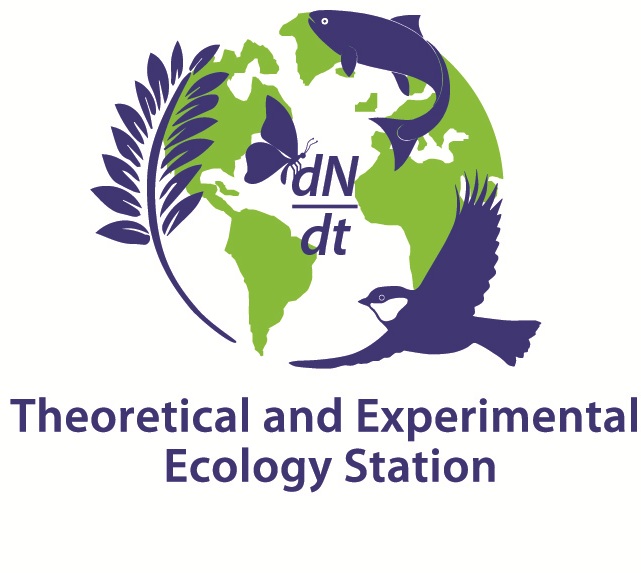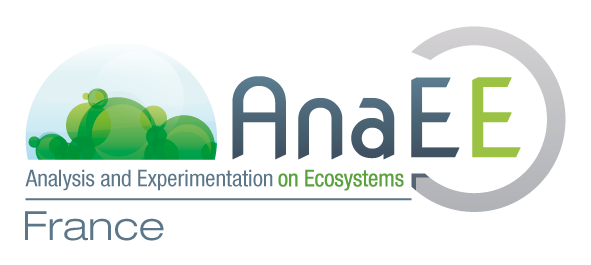What is the Terrestrial Metatron?
An ecotron dedicated to the study of ecological and evolutionary processes inside semi-controlled environments. This unparalleled equipment is located on the Commune of Caumont in Ariège (France). It comprises 48 populations enclosures, each with a surface of 100-m² and a height of 2-m in which we can monitor and manipulate climatic conditions (temperature, humidity or solar radiation) and manipulate species movements among units. Each enclosure acts as a mini ecosystem, with natural vegetation and insect communities and a relatively wide variety of thermal microhabitats (shaded, dense, and diverse vegetation, sun-battered rocks and logs, and ponds). Diversity within these caged habitats is relatively high, with more than 140 plant species (~50 species per cage, see pictures) and 123 invertebrate families (~40 invertebrate families per cage) found within the enclosures compared to 134 plant species and 106 invertebrate families found in the nearby outside habitat. Cages can be connected by corridors which allow species to freely disperse from one unit to another. This apparatus is used to study the effects of climate and fragmentation on the functioning of ecological systems and to experimentally monitor eco-evolutionary dynamics.
The Terrestrial Metatron is one of the services provided by the research infrastructure AnaEE France for experimental manipulation of managed and unmanaged terrestrial and aquatic ecosystems. https://www.anaee-france.fr/en/
How to use the Terrestrial Metatron?
Please contact Julien Cote (julien.cote@univ-tlse3.fr) and Olivier Guillaume (Olivier.GUILLAUME@sete.cnrs.fr). We strongly recommend making contact before writing a grant involving this Metatron. It allows discussing the feasibility and the availability of the platform. The proposal can then be submitted on the platform submission website: https://isia.cnrs.fr/.
Please find the terms of use
Legal notice : https://sete-moulis-cnrs.fr/fr/mentions-legales



